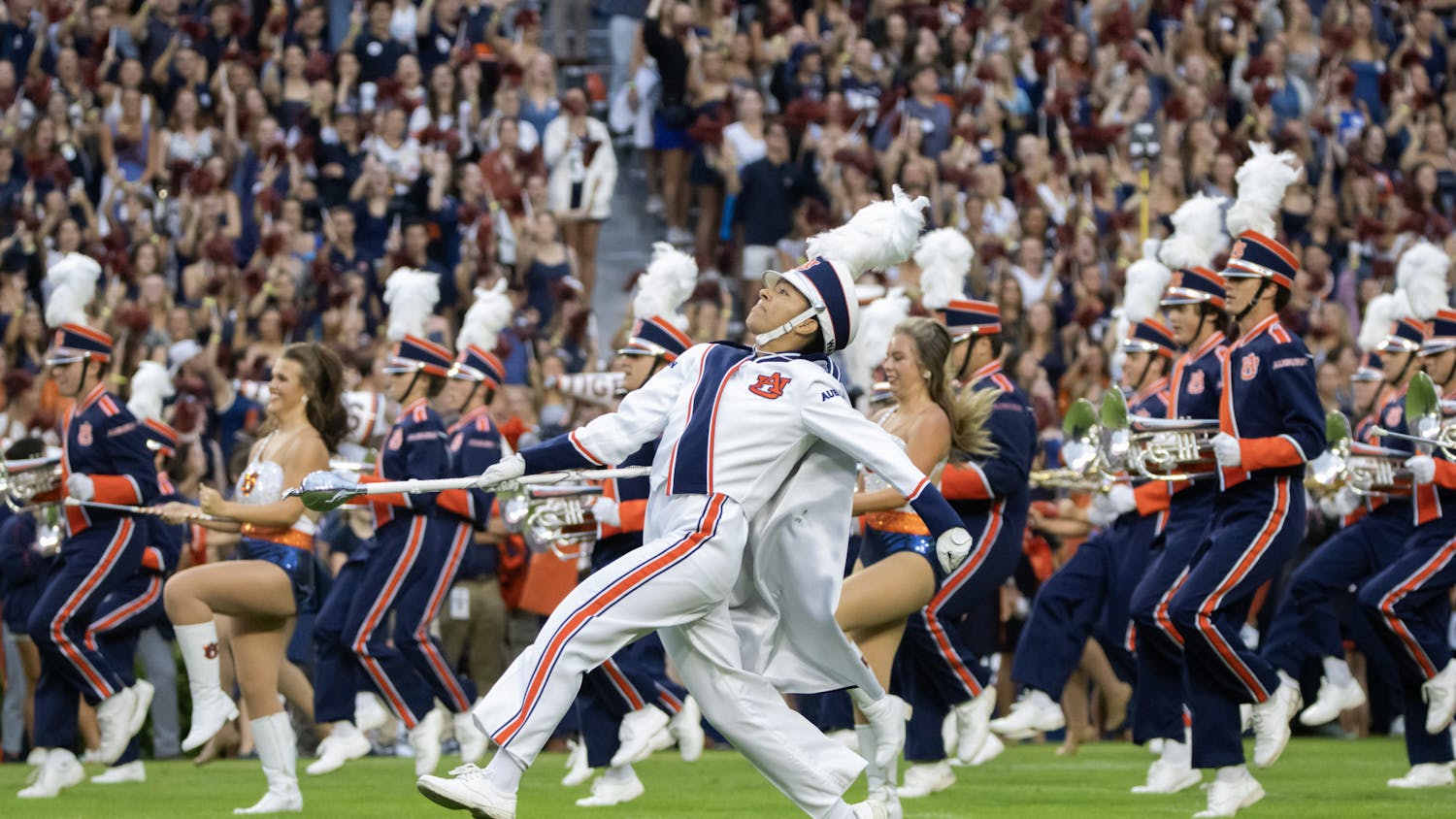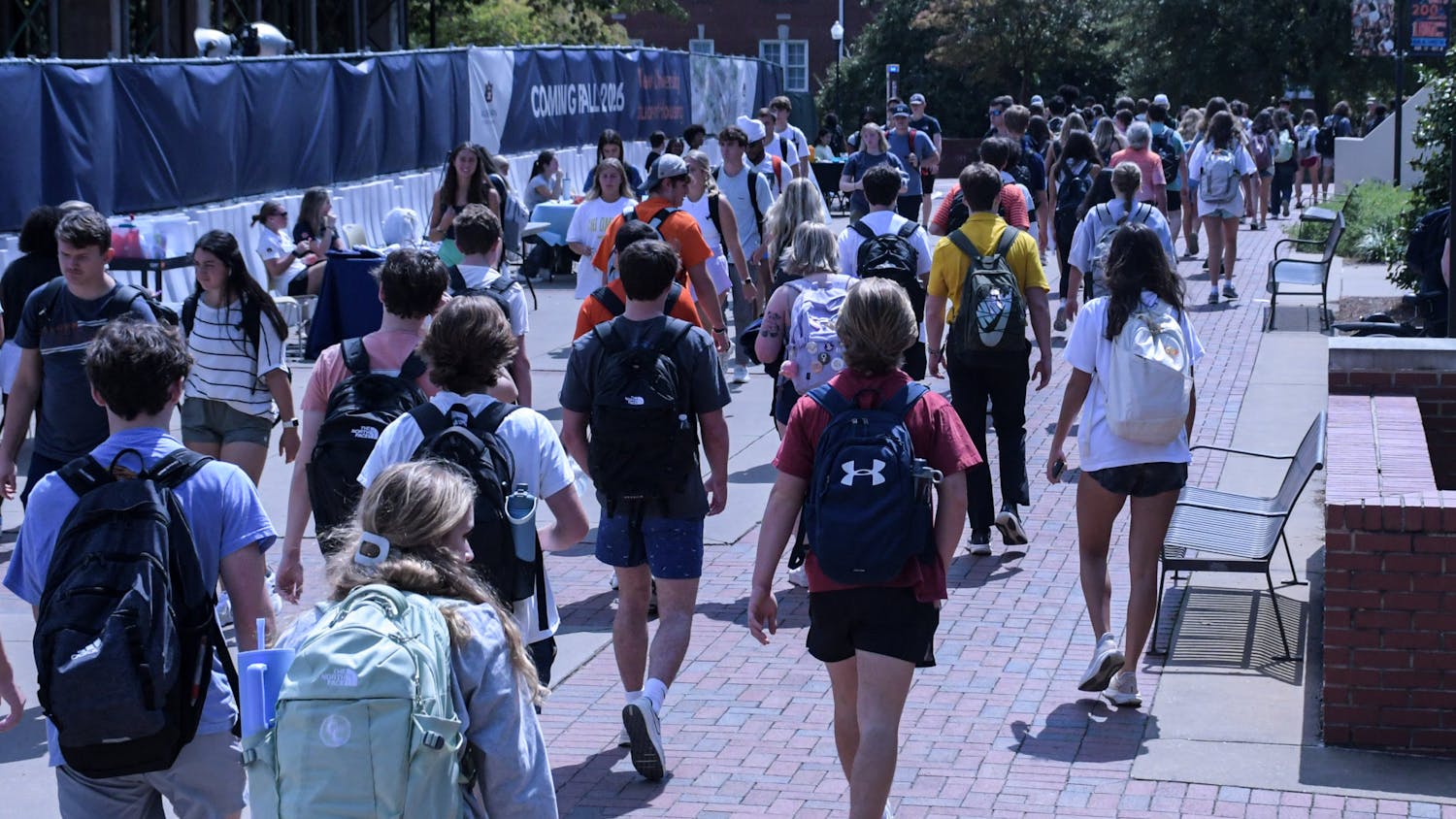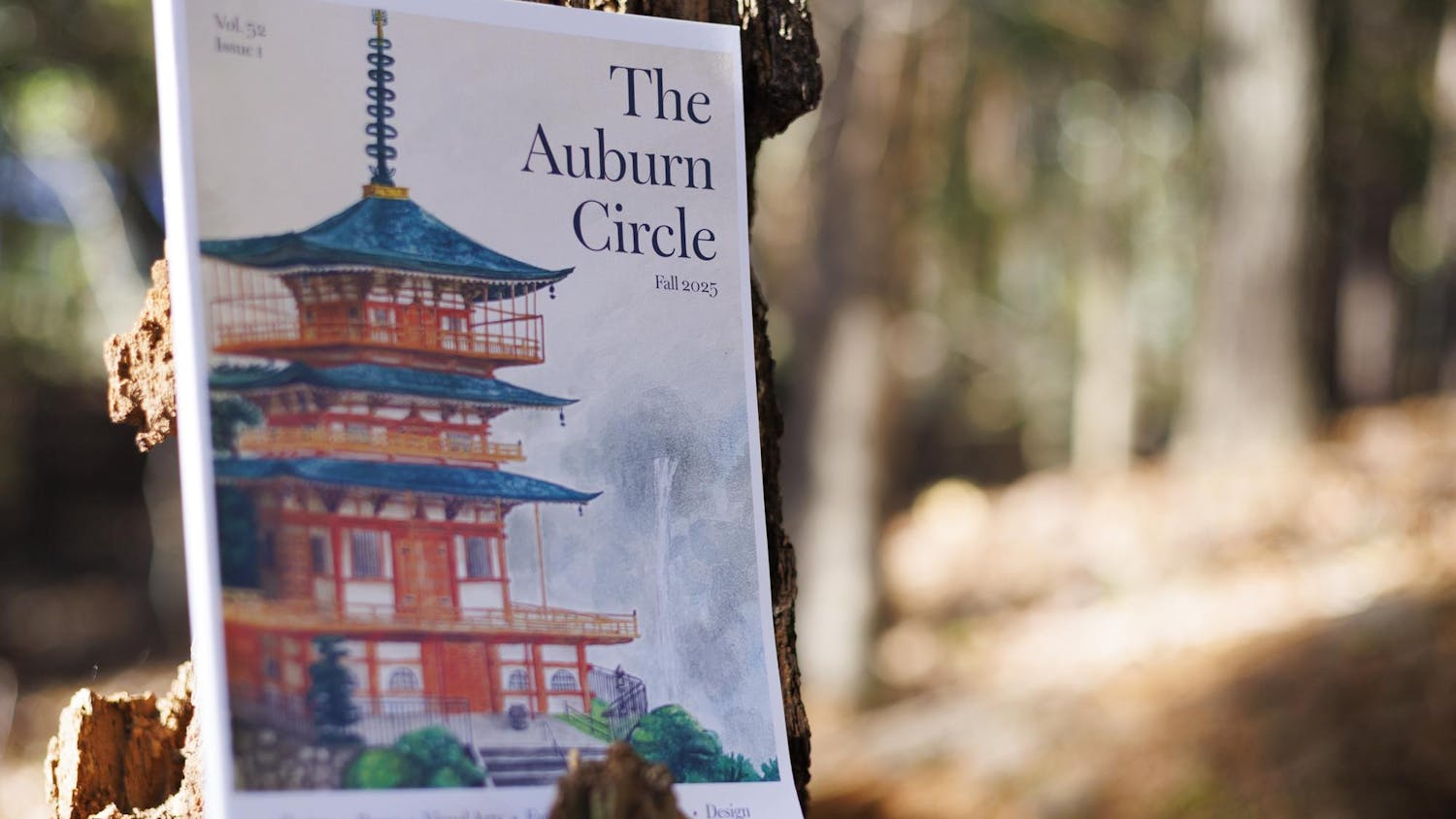At 10 a.m. on Saturday, the Southeastern Raptor Center in coordination with the Louise Kreher Forest Ecology Preserve released six broad-winged and red-tailed hawks into the wild.
The Louise Kreher Forest Ecology Preserve is an outreach program of Auburn University's School of Forestry and Wildlife Sciences. The preserve is open sunrise through sunset, seven days a week.
A group estimated at more than 100 people showed up to watch the hawks be released. The group of guests ranged all ages, but mostly consisted of children under the age of 10 accompanied by their parents.
"It was cool. I liked seeing all the birds. We have a lot of them in our yard in Georgia," said 7-year-old Alex Baur.
Baur was there with his mother, Susan, and his 6-year-old brother Mitchell.
Susan Baur brought her family to Auburn to see the Auburn Orchestra, and she saw this event in the newspapers and thought it would be a fun family affair, as did many other parents.
Alex Baur said he also enjoyed the educational information that was explained during the releasing of each bird.
The group first released two birds in an opening in the woods at the Louise Kreher Forest Ecology Preserve, located at 222 North College St., and then walked deeper into the woods to another opening to release the other four.
Four of the birds were healthy when they were illegally picked up by humans and then taken by the Raptor Center. Another young bird had a broken leg, and one was an emaciated adult bird being nursed back to a healthy weight and taught how to catch its own food.
Three birds were on display for education during the release of the other six. Those three stay at the center permanently for research purposes.
After releasing the birds, the group walked back to the amphitheater, also in the woods, to where John Irvin, a worker at the Raptor Center, was holding a 2-year-old red-tailed hawk named Mieko for the visitors to see.
The workers were giving information and taking questions about the birds that were at the raptor center.
Liz Crandall, a raptor rehabilitation specialist who has worked at the preserve since 2005, explained to the crowd the migratory patterns of the birds.
"We can't release the birds any earlier than now because they have to make their flight all the way to Central and South America, and if released at a different time, they might not make it there before it gets too cold," Crandall said. "Only the broad-winged hawks migrate though, the red-tailed hawks will stay here year-round."
Jennifer Lolley, the administrator for the preserve, said there is always something going on there for people to do.
They have monthly environmental educational programs for children and adults at the 120 acre preserve. It is always free to Auburn students because it was given to Auburn in 1993 to be used as an outdoor classroom.
The preserve offers four miles of walking trails.
"It is a great place to come de-stress and relax," Lolley said.
Do you like this story? The Plainsman doesn't accept money from tuition or student fees, and we don't charge a subscription fee. But you can donate to support The Plainsman.




